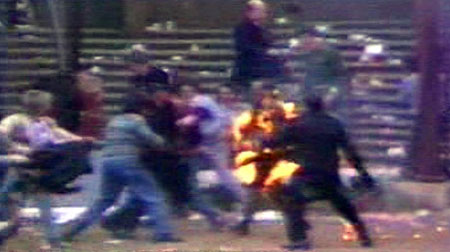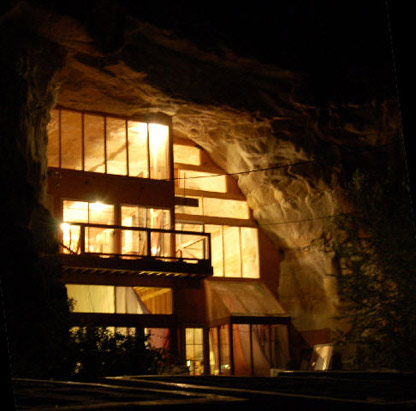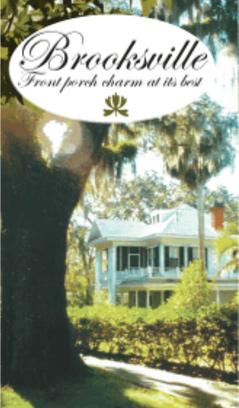Top 15 Worst Soccer Disasters
Entries 6 through 10
10. Bradford City Fire Disaster
Date: 11 May 1985
Location: Valley Parade Stadium, Bradford, England.
Death Toll: 56
Fire, this time. It broke out during a match between the home team (Bradford City), and Lincoln City, on the day that Bradford City were supposed to have celebrated their winning the Football League Third Division trophy.
It is believed that the fire started when a spectator discarded a lit cigarette down a gap at the back of a terrace seat, which fell onto a pile of trash that had been accumulating under the wooden stand for approximately 20 years.

Five minutes before half-time, white smoke was seen rising from the rear of the 77-year-old stand. The police began to move fans away. Flames emerged from the stand 3 minutes later, and the referee Don Shaw stopped the match. People were evacuated onto the field. The fire rapidly took hold 90 seconds later, with the entire main stand then engulfed within two minutes. Some people seated towards the rear of the stand were trapped in the narrow corridor at the back; most of the fire’s fatalities were found along this corridor where they had been overcome by toxic smoke, by the rear inward opening exit doors and turnstile entrances, which had been locked to prevent unauthorized access after kickoff.

The fire raced along the stand’s wooden roof with wooden boards and hot burning melting tar falling from its roof onto fans below.
56 people died in the fire, and over 450 were injured.

The inquiry into the disaster led to prohibiting the construction of new wooden grandstands at all UK sports grounds. Duh. Wood is a bad idea, ok?
FOX controversially aired footage of the disaster in the program When Good Times Go Bad 3 (Gotta love FOX). They incorrectly blamed supporters for deliberately starting the fire; and the program used punning language such as “as rabid as American fans can get, they can’t hold a candle to soccer fans around the world”. (We have no problem with this statement, because it’s true. However – this is not a good example – the Bradford fire is an unfortunate accident exacerbated by bad stadium design).
The footage of the fire is a sore point with Bradford City people and Yorkshire Television – they will do anything in their power to make sure it stays off YouTube. However, you can find it on WikiLeaks.
Honestly – the video of this event is horrifying. While initially “small”, the fire quickly spreads to the above canopy. From there, it’s only a few minutes before the whole stand goes up. People who made it to the field are actually celebrating the event, like they’re at Burning Man or something. Ironically, they (literally) were.

9. The Second Ibrox disaster
Date: 2 January 1971
Location: Ibrox Stadium, Glasgow, Scotland.
Death Toll: 66
You gotta love a stadium that racks up accidents like some women collect handbags. Before the 1971 disaster, there was the First Ibrox Disaster (where, in 1902, a stand collapsed during a game between Scotland and England, killing 25 people and injuring over 500). Later, in 1961, two people were killed in a crush on the stairway.

Almost ten years later, at a Rangers vs Celtic game, things were still tied 0-0 after about 89 minutes in (welcome to the game of soccer). Then the Celtic took a 1–0 lead and many Rangers supporters left the stadium. As the crowd were leaving the ground, barriers on Stairway 13 gave way causing a massive chain-reaction pile-up of spectators. The tragedy resulted in the loss of 66 lives, including many children. Most of the deaths were caused by compressive asphyxia, with bodies being stacked as deep as six feet in the area. Over 200 other fans were injured.
It should be noted that in the last seconds, Colin Stein scored for the Rangers, tying up the game. (Cuz it ain’t over till it’s over!) Initially there was speculation that the fans who left early turned back when they heard roars from the crowd, colliding with fans leaving the ground when the match ended. The official inquiry into the disaster indicated that there was no truth to this – all the spectators were going in the same direction at the time of the collapse. However the “myth of the Stein goal” became widely believed and repeated for many years later.

8. The Luzhniki disaster
Date: 20 Oct 1982
Location: Lenin Stadium, Moscow, Russia
Death Toll: 66+
The Luzhniki disaster was a human crush at Lenin stadium (now known as Luzhniki stadium) in Moscow, during the UEFA Cup match between FC Spartak Moscow and HFC Haarlem on October 20, 1982. The disaster was initially covered up (for the good of the Soviet people, comrade!)

The number of tickets sold for the match was relatively low, as a result, only the East Stand was open for spectators, and for security reasons only one exit from the stand was left open. Minutes before the final whistle when FC Spartak were leading 1-0, the spectators began to leave the stadium through this only exit. Then during the injury time, FC Spartak scored its second goal (Sergei Shvetsov, who scored, later said: “It would be better if I had not scored it!”), and some fans who had previously left the stand turned back to return to the stadium. The returning fans collided with those who were leaving the stadium. Militsiya guards would not allow those leaving to change course and return to the stadium. A stampede ensued in which many people died or were injured. The official number of dead was 66, although many people including victims’ relatives claim this number to be significantly higher, as many as 340.
Sixteen year old Spartak Moscow fan Andrei Chesnokov, who was to become a professional tennis player, was present at the match:
“Near the end of the match, when the 2-0 goal was scored, it went wrong. On the slippery stairs there were crashes; everybody fell over everybody. It was like a domino-effect. You couldn’t get away, the steel banisters twisted under the weight of the people. They were just crushed to death. I also got trapped, but I managed to escape by jumping over the banister. I could get to safety through a row of bodies. Most were dead but some put their hands out to me to be saved, but they were stuck under the pile of corpses. Downstairs I saw rows of bodies. I alone saw more than a hundred that night.”
The only information about the disaster in the Soviet media was a short article that appeared in the newspaper Vechernyaya Moskva the next day. It said: Yesterday in Luzhniki after the football match an accident occurred. There are some injured among the spectators. (We wonder what they said about Chernobyl – probably something about a minor flu bug and some rare weather phenomenon).
Soviet officials claimed the fans themselves to be responsible. The relatives of the victims were allowed to bury them only after thirteen days. For several years following the tragedy, matches were not held at Luzhniki at the end of October in order to prevent relatives of victims from laying flowers there. It wasn’t until a July 8, 1989 issue of the newspaper Sovetskiy Sport that the disaster was talked about openly. The Haarlem players didn’t even know anything of the tragedy at the time it was happening, and only found out about it seven years later.
NOTE: According to UEFA (and others), “various independent studies have since put the death toll as high as 340”. If this is true, it would make the Luzhniki incident the worst soccer disaster in history, beating out the Lima disaster (see #1). We wonder if we’ll ever know the truth (anybody know?)
7. Puerta 12 Tragedy
Date: 23 June 1968
Location: Estadio Monumental, Buenos Aires, Argentina
Death Toll: 71+
It was River Plate vs the Boca Juniors and it ended in the deaths of at least 71 people and more than 150 injured. The majority of the dead were teenagers and young adults.

Apparently, spectators mistakenly headed towards a closed exit after the match. The fans at the front are crushed to death against the doors by other fans unaware of the closed passageway at the back.
There are different theories about what really happened that day. Some claim that Boca Juniors fans threw burning River flags from the upper tiers of the stadium, causing a stampede of the their own fans in the lower tier. Others say that it occurred after River fans arrived at the Boca Juniors’ section, causing the stampede of the visiting fans. Yet others say that Door 12 was locked or would not open at the time, and the fans in the back did not hear the ones up front telling them to stop coming out. William Kent, River’s ex-president, said that the police were the culprits, since they began repressing Boca Juniors’ fans after these had thrown urine at them from the stands. A few witnesses say that the turnstiles to the exit were blocked by a huge iron pole.
After three years of investigation a government inquiry found nobody guilty. Since the tragedy the gates at El Monumental have been identified by letters instead of numbers. Strangely enough, there does not seem to be a consensus on the number of dead. One site puts it at 71, another at 72, and another at 74.
6. Port Said Stadium Disaster
Date: 1 February 2012
Location: Port Said Stadium, Egypt
Death Toll: 79
Two competing teams – Al Masry and Al-Ahly – competed in a match where Al-Masry won 3-1. These two teams had lots of bad blood between them. Following the victory, thousands of Al-Masry spectators stormed the stands, violently attacking Al-ahly fans, and also the club’s players. They used weapons – knives, clubs, bottles, fireworks, even swords. At least 79 people died and more than 1,000 were injured. See more here and at Wikipedia.
Keep Reading – Next Page





